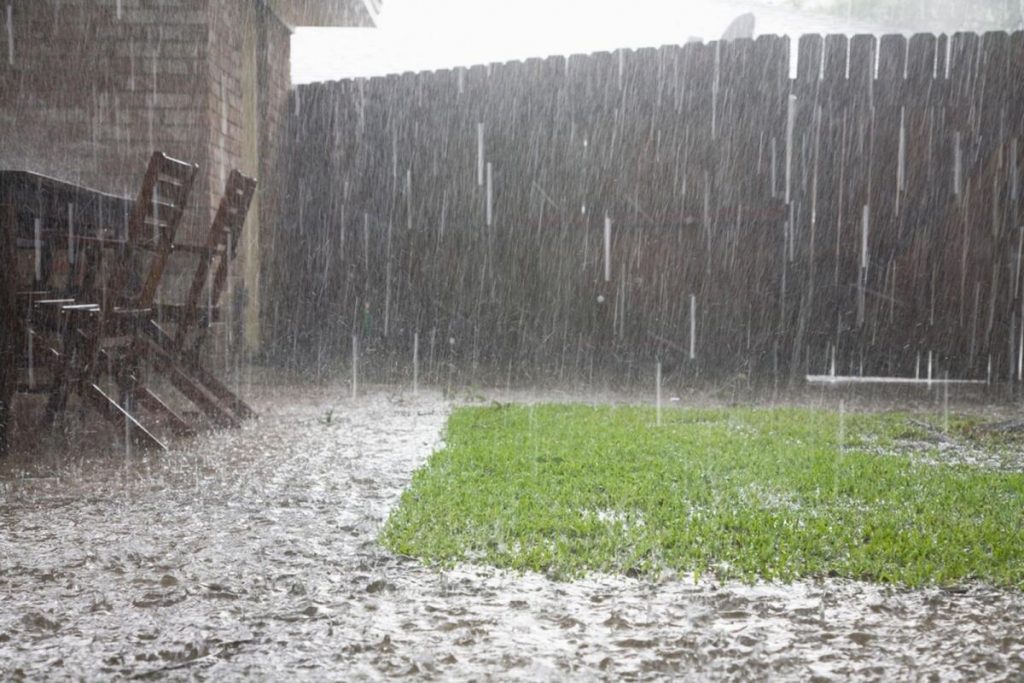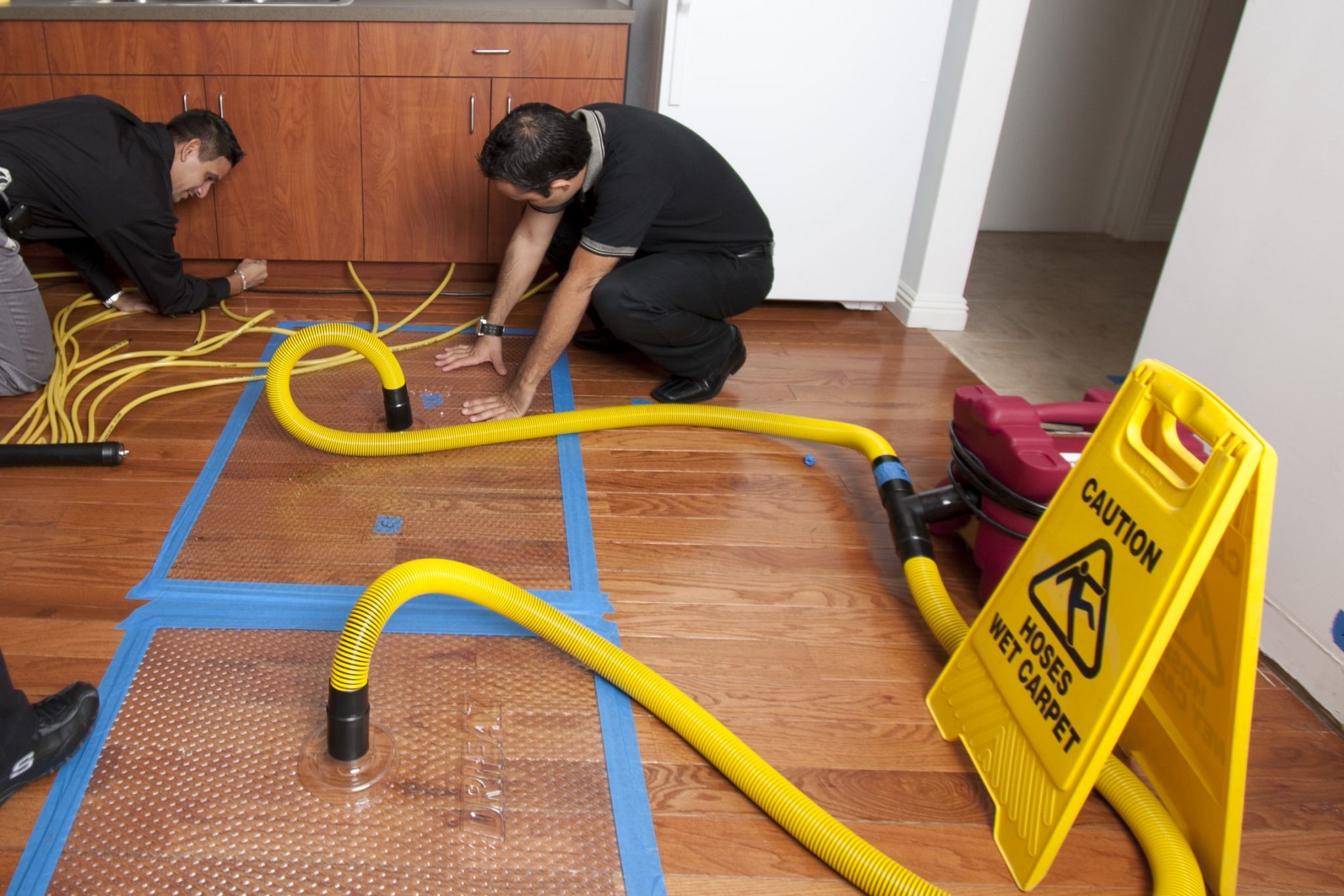
To minimize water damage during heavy rains, consider the following steps:
Elevate Utilities Above Base Flood Elevation (BFE):
Raise mechanical units, furnaces, water heaters, electrical systems, and other utilities at least 12 inches above the BFE. Elevating them on masonry, concrete, or pressure-treated lumber helps prevent water damage.
- Replace Carpeting with Tiles:
Tiles are more flood-resistant than carpet. Using tile or other flood-resistant materials in areas below the BFE can help reduce water damage.
- Floodproof Basements:
If you have a basement, consider floodproofing it by sealing walls with waterproofing compounds. Installing a sump pump can also help minimize damage.
- Install Flood Vents:
Flood vents in foundation walls, garages, and other areas allow water to flow through, reducing pressure on walls and preventing structural damage. Additionally, when following National Flood Insurance Program regulations, flood vents can help lower insurance rates.
- Prepare or Update a List of Belongings:
Document all your belongings to facilitate the insurance claims process. Take photos of high-value items or create a video walkthrough of your home’s contents.
- Get Flood Insurance:
Most homeowners’ insurance policies do not cover flood damage. Protect your investment by purchasing flood insurance for your home and contents, even if you do not live in a high-risk flood zone.
- Store Valuables Above the BFE:
Keep valuables and important documents in waterproof or water-resistant containers, preferably on an upper floor. Make copies and store them online or offsite.
Remember that while you can’t prevent natural disasters, taking these precautions can help secure your property and keep your home and future safe during heavy rains and flooding. 🏠💧



 PuroClean of San Clemente
PuroClean of San Clemente